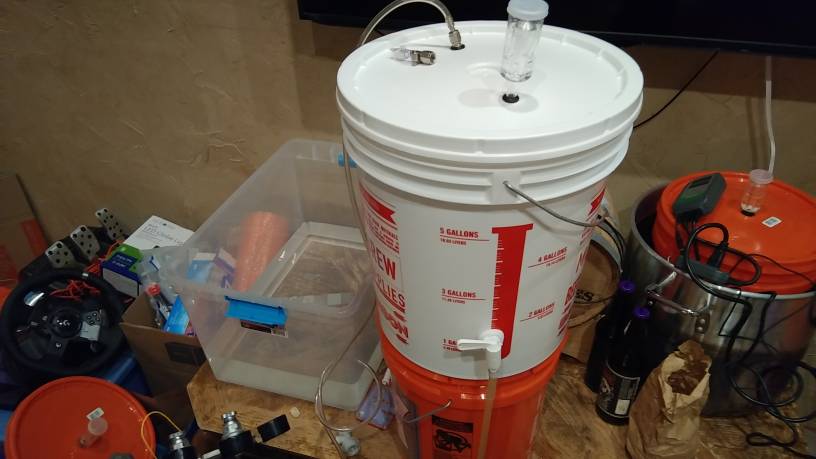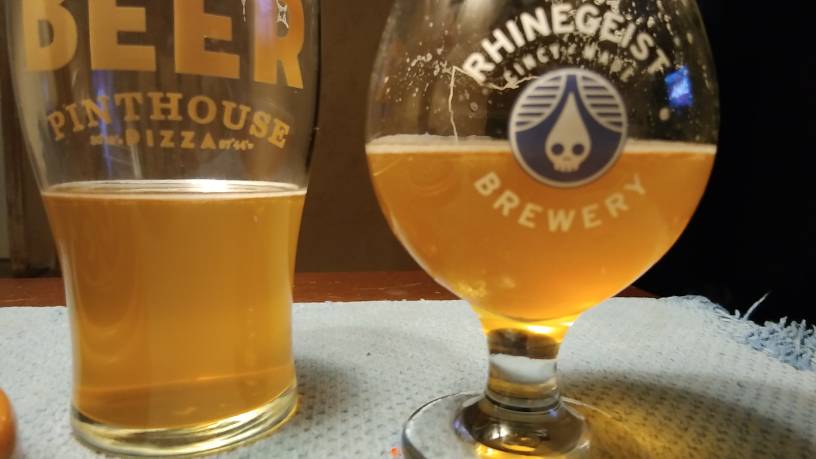The ambient is sitting at 69.8 in my cellar. The airlock is going quite strong today. The bubbles were rolling out. it is very fragrant in my cellar with the smell of hops now too. This is the first time I have had such a long lag time. It seems to be within the range they recommend.
I read somewhere they recommend pitching a second vial of yeast (Vermont Ale) to finish up the fermentation. Has anyone ever done this?
Pitching a second vial of yeast (especially something like vermont ale) is not recommended procedure. The only time that is really something to do is if you are maybe brewing a beer and through process error you pitch unhealthy yeast, or ferment at too low of a temp, or whatever....... and as a result you have a beer that totally stalls out and won't finish. Then, it might be advisable to pitch a pack of US05 or some other dry, attenuative yeast in an attempt to save your beer from dumping.
But, it is not "normal" procedure at all. In my experience, the best thing you can do with Vermont ale yeast is to do the following:
1.) Make a 1 Liter starter 18 hours before you brew
2.) Brew a low ABV blonde ale (1.40-1.45 gravity) with low hops, no dry hop
3.) When it comes time to keg the blonde, leave a quart+ of beer behind in fermenter.
4.) Swirly the yeast/beer up into solution
5.) Collect 4-6 mason jars (sanitized) of yeast slurry
6.) Use each jar to make a 1L starter 18 hours before you want to brew this (or other) beer.
7.) Pitch the entire, actively fermenting starter into your beer.
I never, ever have a problem with vermont ale yeast with that process.
If I was not going to take it through a beer to collect yeast, I would make a 1L starter several days/week before I wanted to brew, ferment it out, decant most of the liquid the day before I wanted to brew and add in a new 1L of wort (18 hours before brewing). I would then pitch the entire 1L, actively fermenting starter.































![Craft A Brew - Safale S-04 Dry Yeast - Fermentis - English Ale Dry Yeast - For English and American Ales and Hard Apple Ciders - Ingredients for Home Brewing - Beer Making Supplies - [1 Pack]](https://m.media-amazon.com/images/I/41fVGNh6JfL._SL500_.jpg)
































